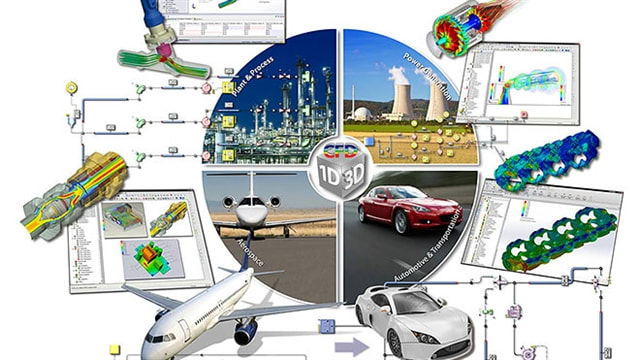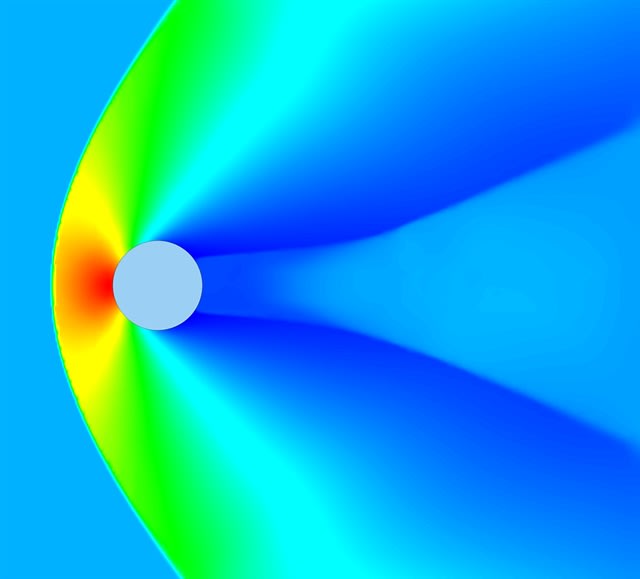demsha
Materials
- Feb 20, 2010
- 71
Hello,
We have A 572 structural steel components of transmission towers welded then hot dip galvanized (Zinc coating). I would like to know which is the best NDE method to check weld cracks after glavanizing and why the method is good? Your responses will be greatly appreciated
We have A 572 structural steel components of transmission towers welded then hot dip galvanized (Zinc coating). I would like to know which is the best NDE method to check weld cracks after glavanizing and why the method is good? Your responses will be greatly appreciated




